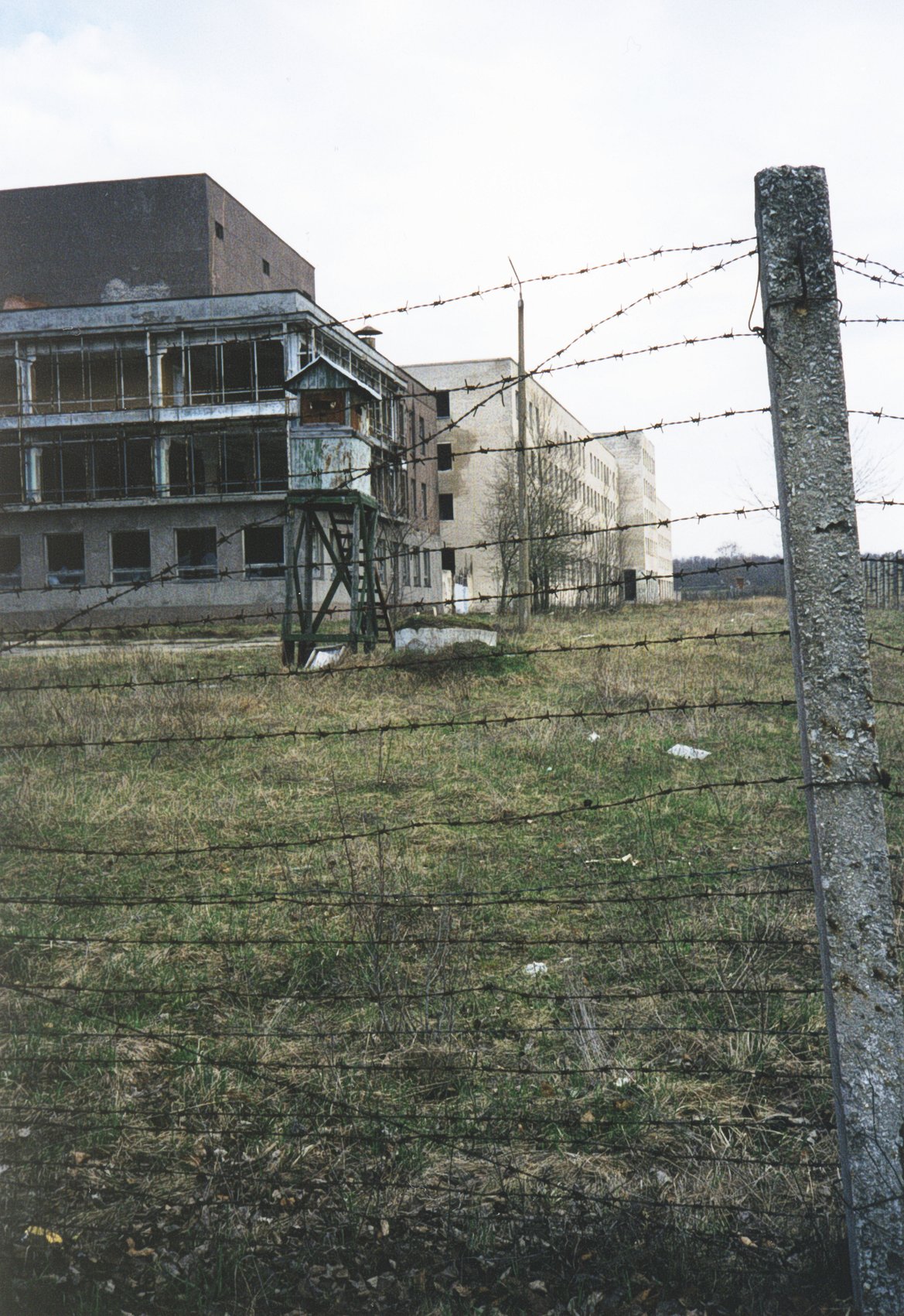|
Tondi Railway Station
Tondi railway station ( et, Tondi raudteepeatus) is a railway station in Tallinn, the capital of Estonia. It is located on the border of Tondi and Kitseküla subdistricts. It is the third station on Elron's western route, located between and stations. It is situated beside the level crossing of Tondi street, and is one of two places in Tallinn where the commuter train and tram stations are conjoined (the other is the terminus Balti jaam). The station is served by all commuter trains heading to Keila, Paldiski, Riisipere and Kloogaranna. It consists of two 167 metre platforms. Although the Tallinn–Paldiski railway existed already in 1870, a station on the site was opened in 1933. The line from Tallinn to back then a nearby town Nõmme (as far as Pääsküla) was electrified already in 1924. In 1933 the tram line was drawn out to the new station building and a depot was built. The station building was closed to the public in 1998 and remained in very bad condition. In 2006 i ... [...More Info...] [...Related Items...] OR: [Wikipedia] [Google] [Baidu] |
Railway Station
Rail transport (also known as train transport) is a means of transport that transfers passengers and goods on wheeled vehicles running on rails, which are incorporated in tracks. In contrast to road transport, where the vehicles run on a prepared flat surface, rail vehicles (rolling stock) are directionally guided by the tracks on which they run. Tracks usually consist of steel rails, installed on sleepers (ties) set in ballast, on which the rolling stock, usually fitted with metal wheels, moves. Other variations are also possible, such as "slab track", in which the rails are fastened to a concrete foundation resting on a prepared subsurface. Rolling stock in a rail transport system generally encounters lower frictional resistance than rubber-tyred road vehicles, so passenger and freight cars (carriages and wagons) can be coupled into longer trains. The operation is carried out by a railway company, providing transport between train stations or freight customer facilit ... [...More Info...] [...Related Items...] OR: [Wikipedia] [Google] [Baidu] |
Paldiski
Paldiski is a town and Baltic Sea port situated on the Pakri Peninsula of northwestern Estonia. Since 2017, it's the administrative centre of Lääne-Harju Parish of Harju County. Previously a village of Estonia-Swedes known by the historical name ''Rågervik'', it was extended into a Russian naval base in the 18th century. The Russian authorities renamed it ''Балтийский Порт'' ("Baltiyskiy Port", i.e., Baltic Port, german: Baltisch-Port) in 1762. In written Estonian, the name was spelled ''Baltiski'' until 1933, when the phonetically spelled version ''Paldiski'' became official. History Swedish Empire Paldiski was founded as a fishing village by Estonian Swedes with the name Rågervik. Russian Empire Peter the Great chose the location in 1715 for a naval base, and construction started in 1716. It was meant to be a sea fortress and in 1790, during the Russo-Swedish War, it was conquered by the Swedes through trickery, when a Swedish warship sailing un ... [...More Info...] [...Related Items...] OR: [Wikipedia] [Google] [Baidu] |
Railway Stations Opened In 1933
Rail transport (also known as train transport) is a means of transport that transfers passengers and goods on wheeled vehicle A vehicle (from la, vehiculum) is a machine that transports people or cargo. Vehicles include wagons, bicycles, motor vehicles (motorcycles, cars, trucks, buses, mobility scooters for disabled people), railed vehicles (trains, trams), ...s running on rails, which are incorporated in Track (rail transport), tracks. In contrast to road transport, where the vehicles run on a prepared flat surface, rail vehicles (rolling stock) are directionally guided by the tracks on which they run. Tracks usually consist of steel rails, installed on Railroad tie, sleepers (ties) set in track ballast, ballast, on which the rolling stock, usually fitted with metal wheels, moves. Other variations are also possible, such as "slab track", in which the rails are fastened to a concrete foundation resting on a prepared subsurface. Rolling stock in a rail tran ... [...More Info...] [...Related Items...] OR: [Wikipedia] [Google] [Baidu] |
Transport In Tallinn
Transport (in British English), or transportation (in American English), is the intentional movement of humans, animals, and goods from one location to another. Modes of transport include air, land (rail and road), water, cable, pipeline, and space. The field can be divided into infrastructure, vehicles, and operations. Transport enables human trade, which is essential for the development of civilizations. Transport infrastructure consists of both fixed installations, including roads, railways, airways, waterways, canals, and pipelines, and terminals such as airports, railway stations, bus stations, warehouses, trucking terminals, refueling depots (including fueling docks and fuel stations), and seaports. Terminals may be used both for interchange of passengers and cargo and for maintenance. Means of transport are any of the different kinds of transport facilities used to carry people or cargo. They may include vehicles, riding animals, and pack animals. Vehicles may inclu ... [...More Info...] [...Related Items...] OR: [Wikipedia] [Google] [Baidu] |
Railway Stations In Estonia
Rail transport (also known as train transport) is a means of transport that transfers passengers and goods on wheeled vehicles running on rails, which are incorporated in Track (rail transport), tracks. In contrast to road transport, where the vehicles run on a prepared flat surface, rail vehicles (rolling stock) are directionally guided by the tracks on which they run. Tracks usually consist of steel rails, installed on Railroad tie, sleepers (ties) set in track ballast, ballast, on which the rolling stock, usually fitted with metal wheels, moves. Other variations are also possible, such as "slab track", in which the rails are fastened to a concrete foundation resting on a prepared subsurface. Rolling stock in a rail transport system generally encounters lower friction, frictional resistance than rubber-tyred road vehicles, so passenger and freight cars (carriages and wagons) can be coupled into longer trains. The rail transport operations, operation is carried out by a ... [...More Info...] [...Related Items...] OR: [Wikipedia] [Google] [Baidu] |



